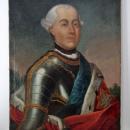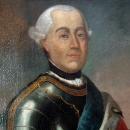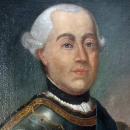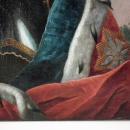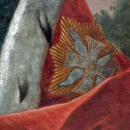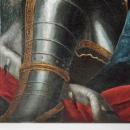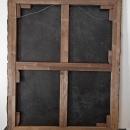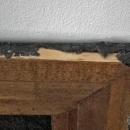Antique 18th century c. 1740 A.D. Portrait Of The Polish King Augustus III Of Poland
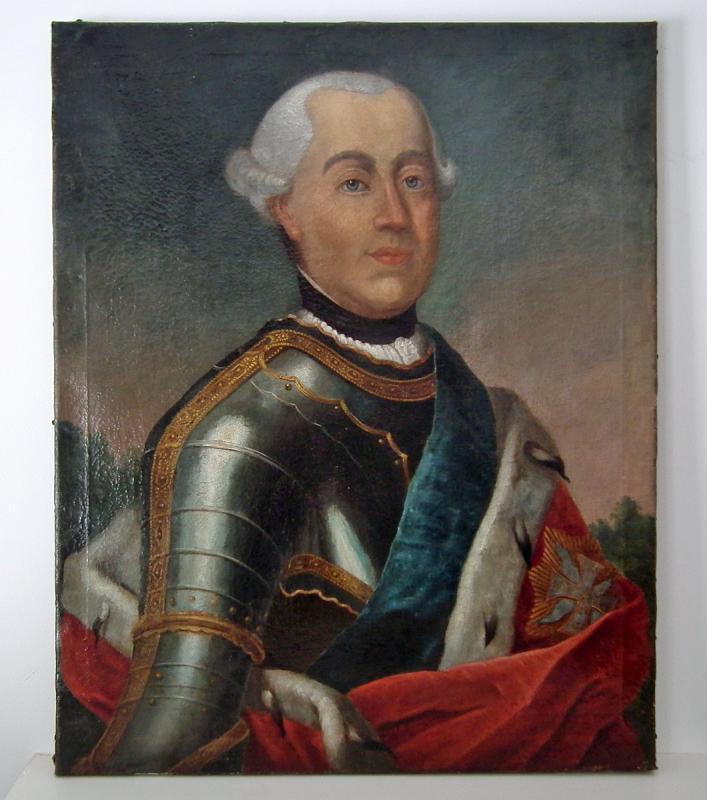



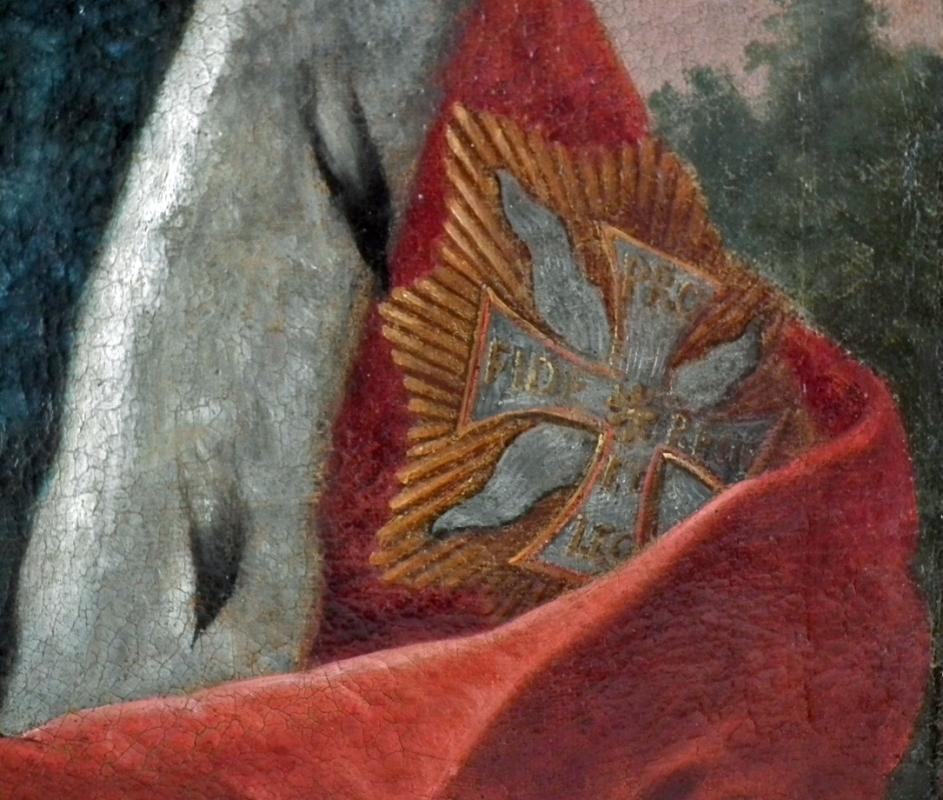



$25,000.00
Or Best OfferThis is an antique 18th-century, circa 1740 AD, oil portrait of King Augustus III (October 17, 1696 – October 5, 1763), hand-painted on heavy, hand-woven canvas with great attention to detail.
From 1733 to 1763, he was the King of Poland, Grand Duke of Lithuania, and Elector of Saxony.
The king is depicted wearing armor and a blue moiré silk sash of the Polish Order of the White Eagle. He also has a black cravat and an elaborate white lace collar.
An ermine-trimmed red coronation cloak slung over his left shoulder, with a bullion-embroidered large star of the Knight—Order of the White Eagle of Poland, inscribed with the motto "Pro Fide Rege et Lege" (Latin "For Faith, Law, and King," Polish "Za Wiarę, Króla i Prawo").
The Order of the White Eagle is Poland's oldest and highest decoration, established in 1705 by King Augustus II the Strong (Polish, "August Mocny," German, "August der Starke").
This high-quality armor seems to have been made by a skilled craftsman from Nuremberg. The armor is adorned with intricate etchings and gilded ornaments. The breastplate, neck, and pauldron are lined with blue fabric and trimmed with gold cord. In some portraits, the ribbon attached to the armor is blue, while in others it is red. This is because the fabric used for the ribbon was easy to replace.
The painting shows the artist's superb skills. The finely depicted face with beautiful eyes, lips, softly curled hair, armor, details of the watered pattern of moire silk sash, the texture of the red coronation cloak, excellent details of the ermine fur, and the splendid lace collar are exemplary, indicative of an artist who knew how to portray the heart and soul of his subject.
This magnificent portrait is attributed to Louis de Silvestre (June 23, 1675 – April 11, 1760), a French portraitist and history painter. He was a court painter for King Augustus II of Poland and director of the Royal Academy of Arts in Dresden.
All of the portraits of Augustus II and Augustus III painted by Louis de Silvestre do not bear his signature. The monarchs commissioned the paintings themselves and did not want the artist's name displayed on the front of their portraits. In several of the portraits depicting the kings in armor, their right hands are bent in a characteristic manner. This is because the monarchs rested their right hand on the commander's baton when posing for the portrait. This detail can be seen in the full-length portraits of Augustus II and Augustus III painted by Louis de Silvestre, where both kings' bent right hands are resting on the commanders' batons.
Please see the links below.
http://www.thepeerage.com/e8290.htm
https://www.deutsche-digitale-bibliothek.de/item/RCNSI3YA4LKK5EBT3CFEHHWMYVDKQ7MB
https://de.wikipedia.org/wiki/August_III.#/media/Datei:Hyacinthe_Rigaud_-_Kurprinz_Friedrich_August_von_Sachsen_(1696-1763).jpg
https://www.deutsche-digitale-bibliothek.de/item/R...
King Augustus III is often depicted in portraits wearing identical armor adorned with identical gold ornaments. Similarly, in his father's portrait, King August II the Strong is also shown in identical armor. It is possible that King Augustus III inherited his father's armor, or two identical armor sets were made for both kings.
Link to the encyclopedia:
https://en.wikipedia.org/wiki/Augustus_III_of_Poland
https://www.wikiwand.com/en/Augustus_III_of_Poland
CONDITION: The painting is in good condition overall, displaying natural craquelure, a typical age characteristic in oil paintings.
The painting's original canvas is intact, with no holes. The surface has been professionally cleaned, and the back coated to prevent deterioration.
The old strainer frame was damaged by woodworms, making it weak and unusable. As a result, a professional museum expert replaced it with a new strainer frame. The canvas was stretched over the new frame and pinned with new nails. As seen in the last photographs, the tacking margins on the stretcher frame have been worn down by abrasions and holes from old nails. A professional museum expert completed the entire process.
DIMENSIONS:
Height: 78.5 cm (30.91 inches).
Width: 63.4 cm (24.96 inches).
PROVENANCE:
It was acquired from an old Canadian private collection, probably the largest in North America, which included museum-quality Polish art and antique Polish arms and armor.
Please view our store contents to see other rare objects from this collection.
